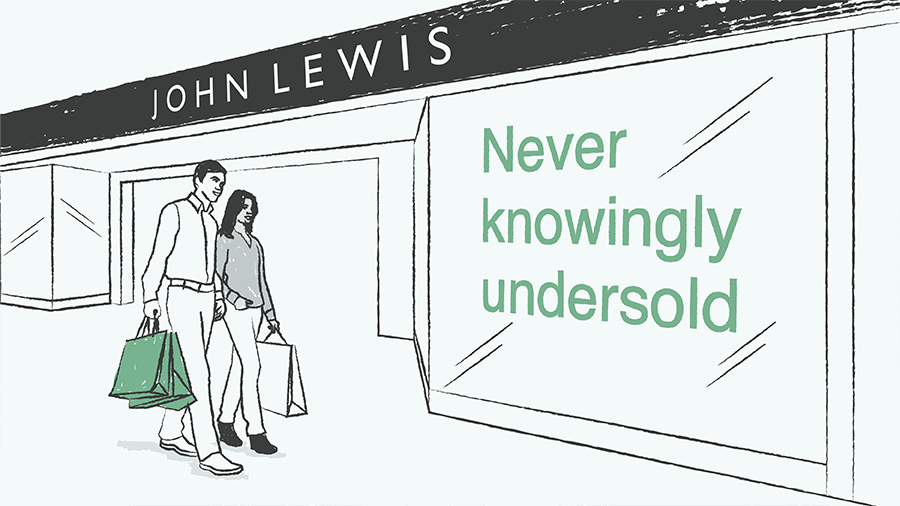
How do you move at start-up speed? We recently spoke to Adam Perliss, former Design/UX Director at TIME Digital and founder of design thinking studio Academy NY.
If you’re a CEO and aren’t incorporating design sprints (or even know what they are!) into your organisation’s framework, then you are giving up an edge on your competitors.
UX design was a term coined by Donald Norman at Apple in 1993 and so is a relatively new way to approach improving human interaction with products. Design sprints on the other hand are a very recent development.
Can you tell us exactly what a design sprint is?
In short, it’s a 5-10 day process that allows you to build and test prototypes really fast in order to test your UX problems and hypotheses. They have only really come about in the last two years and were mostly originated by Google.
They are inspired by ‘design thinking’, a term that was coined by the design firm IDEO. What it means is putting your users at the centre of all your UX problems. It’s a highly effective bottom-up approach which allows the end-user to help solve the problems for you.
What are the benefits of design sprints?
- They foster team collaboration because everyone has a voice and everyone gets involved. On the surface sprints are all about product optimisation but actually they are brilliant for encouraging collaboration between departments.
- You get great ideas, with the best ones rising to the top. Maybe your idea was good but not totally baked and somebody else was able to put a spin on it and make it great.
- You’re getting your users involved early, getting rid of problems early and not expending a huge amount of development and resource time. You’re saving yourself time, money and headaches down the road. Previously you might have spent six months designing a product only to discover that your users didn’t want or need it.
What does a design sprint look like? Can you talk us through it?
A typical sprint is made up of six stages:
- Understand
This is the discovery phase where key stakeholders and the sprint master (usually a UX expert) will identify the problems and then ask the “how might we…” questions ie how might we get users to go to one more page per visit, or how might we change a product to perform better in an overseas market? Everyone writes their ideas and insights onto stickies which are then stuck on a wall. - Define
Here, the group asks what is the key strategy and focus? The group will then vote on the most pertinent and interesting ideas to explore further. - Diverge
This is the sketching phase and can be really creative. We want members to spend 10 minutes sketching out at least five solutions to the defined problems. We want to explore as many ideas as possible. Then at the end of the 10 minutes we put the ideas on a wall and everyone gets two minutes to present their idea. The constraint of having only 10 minutes can make people come at the problem in really imaginative ways. - Decide
At the end of the presentations, everyone has a coloured sticky to visually vote for their favourite idea, creating a physical heat map of the best features. The sprint master will isolate the areas that are hot and then we will talk through those ones collaboratively. - Prototype
Once we’ve consolidated these ideas the sprint master will sit down with the product person and designer to figure out how to mash them together into a wireframe (like an architectural blueprint) which is the first step towards creating a prototype. Once solidified, we move into the design phase, which is taking that wireframe and making it look pretty for our users. We then move into the prototyping phase when we use any tool that will get the job done, such as UXPin, InVision, whatever will get you there the fastest and easiest. - Validate
Test the ideas with users, business stakeholders and technical experts. If you have the funds then hiring an outside testing service is good as it removes any internal biases. In the end you come away with a great view of where your product is and you’ll have some really great qualitative and quantitative data to help you decide whether you should go ahead and build the product or test it further.

What does a CEO have to do to prepare the ground for a design sprint?
Before a sprint, I like to sit down with the CEO or key stakeholders and talk about all the problems, the biggest challenges right now, issues within teams, just really digging in and trying to figure out what they want to focus on. Also, looking at real data is vital. Data tracking is very important because you need to know user behaviour. Qualitative and quantitative data takes a little time to capture but it is essential to understand your customer’s habits.
Who should be the sprint master?
There’s tremendous value in bringing in a outsider who is championed by the person at the top. If the CEO can say “this is the way we should be doing business, we need to listen to this expert and they will help guide us towards how we should be doing things and execute this stuff” then the concept will be better adopted by employees. Outside expertise also negates dealing with internal politics, in-fighting and peer validation.
When and how do design sprints fail?
I’ve run hundreds of design sprints and would say that failure is actually built into the design sprint, it’s an integral part of the sprint process. It’s actually centred around the idea of failing – you are supposed to build something from hypothesis and you are going to test it and tweak it until it works. If people just don’t buy into the idea then design sprints will never work. The hardest part is combatting the organisational politics.
Resources
If you’re interested in incorporating design sprints into your firm’s UX process, Google Developers have produced an excellent pdf resource here which breaks down and explains in detail each stage of a typical sprint and how to run it effectively.

















